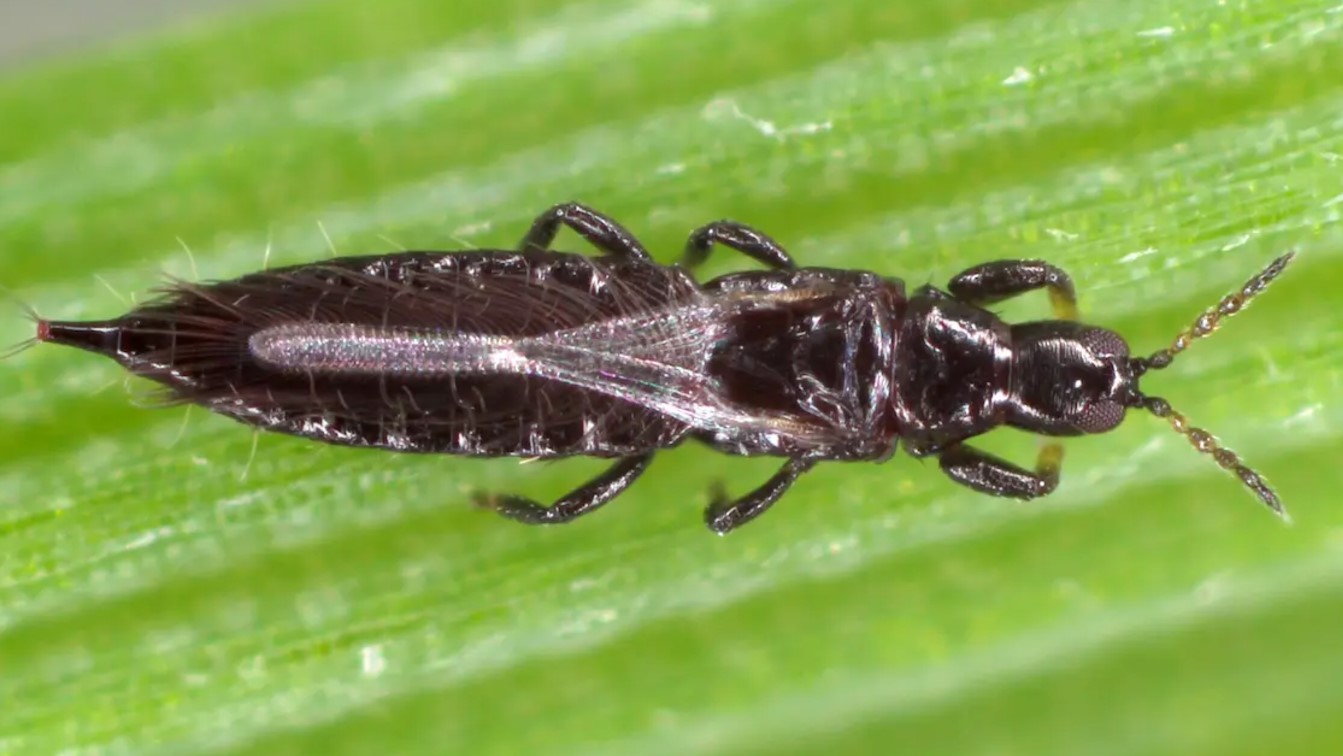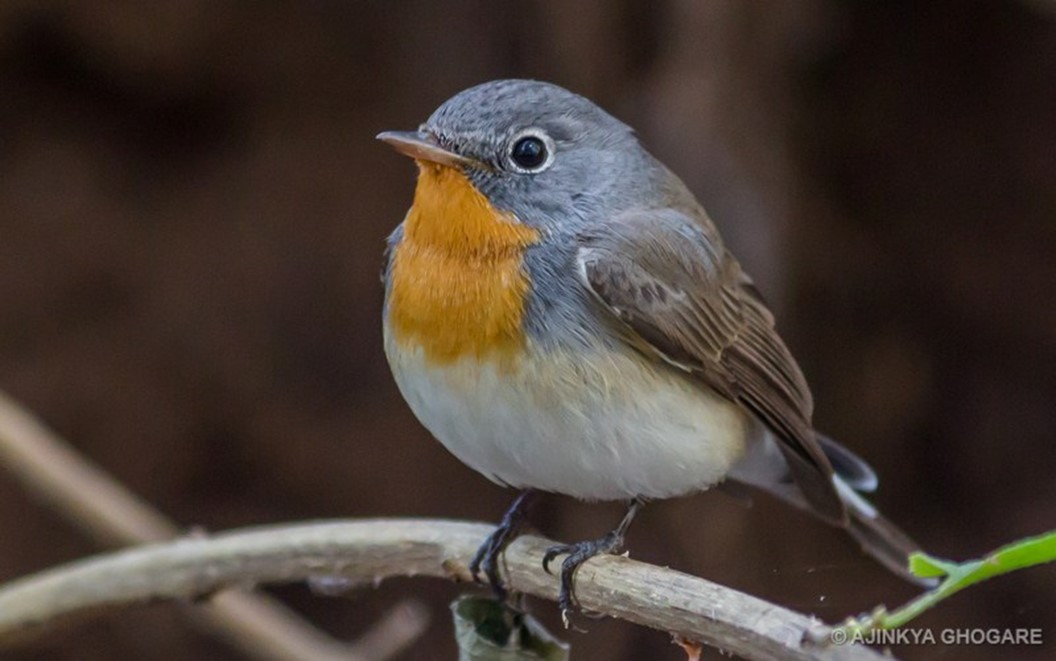The dreaded black thrips recently attacked the chilli crop-growing regions of Karnataka, Andhra Pradesh, and Haryana.

Polyphagous species are those that feed on or utilize many different types of food.
Crop Protection Business had reported that around 60-70% of the cropped area has been infested with black thrips in Ballari, Karnataka.
References
Recently, the clinical immunologist offered an insight into the conditions prevalence and presentation of the Sjögren’s Disease.
Autoimmune diseases happen when the immune system mistakenly damages the body instead of protecting it.
References
India has recently signed the Final Act of the Riyadh Design Law Treaty almost two decades of extensive negotiations.
India has tripled the domestic filings increasing by 120% in the last 2 years and design applications grew by 25% last year.
|
World Intellectual Property Organization (WIPO) |
|
References
Recently, the Red-Breasted Flycatcher bird migrated from Eastern Europe to Ameenpur Lake in Hyderabad.

References